EC2 (Elastic Compute Cloud)
 Manasa J
Manasa J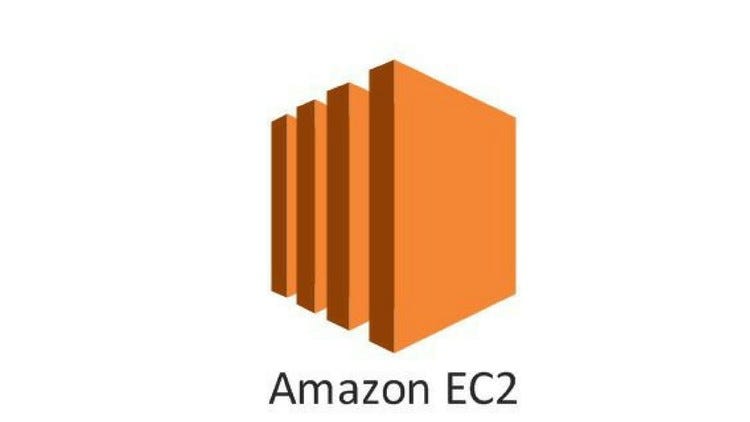
Amazon Elastic Compute Cloud (EC2) is a key AWS service that provides scalable virtual servers, or "instances," in the cloud. EC2 allows users to run applications with customizable compute resources, making it an essential tool for businesses to scale operations dynamically based on demand. Here’s a closer look at the main components and features of EC2:
Key Features of EC2
Instance Types
EC2 offers a wide variety of instance types optimized for different use cases:
General Purpose (e.g., t4g, m6g) for balanced compute, memory, and networking.
Compute Optimized (e.g., c6g) for CPU-intensive tasks like high-performance computing.
Memory Optimized (e.g., r6g) for memory-intensive applications, such as databases.
Storage Optimized (e.g., i3, d3) for applications requiring fast, high-capacity storage.
Accelerated Computing (e.g., p4, g4) for GPU or FPGA needs, like machine learning.
Elasticity and Scalability
Auto Scaling: Automatically adjusts the number of EC2 instances based on load to optimize costs and performance.
Elastic Load Balancing (ELB): Distributes incoming traffic across multiple EC2 instances, improving fault tolerance.
Flexible Pricing Options
On-Demand Instances: Pay by the second with no long-term commitment, ideal for unpredictable workloads.
Reserved Instances: Commit to 1 or 3 years for a significant discount, suitable for steady workloads.
Spot Instances: Take advantage of unused capacity at steep discounts, ideal for flexible, fault-tolerant applications.
Savings Plans: Flexible pricing based on hourly usage with commitment, which applies across EC2 instances and other services.
High Availability and Reliability
Multi-AZ Deployment: Instances can be distributed across multiple Availability Zones for redundancy.
Amazon EC2 Auto Recovery: Monitors instances and automatically recovers them in case of failure.
Fault Isolation: With EC2, instances can be distributed across AWS regions and Availability Zones, providing disaster recovery capabilities.
Monitoring and Management
CloudWatch: Monitors CPU utilization, disk I/O, network traffic, and more.
EC2 Systems Manager: Helps manage instances at scale, with patching, compliance, and automation features.
EC2 Image Builder: Automates the creation and management of custom machine images for faster deployment.
Common EC2 Use Cases
Web Hosting: Host websites and web applications with flexible, scalable infrastructure.
Application Servers: Run business applications on virtual servers with customizable compute and storage.
Data Analysis and Machine Learning: Analyze large datasets with GPU instances or process intensive algorithms.
Batch Processing: Run large-scale tasks, like image processing or financial modeling, on scalable compute.
Now lets see how to create a ec2 server
Step 1 : Click on EC2 server .
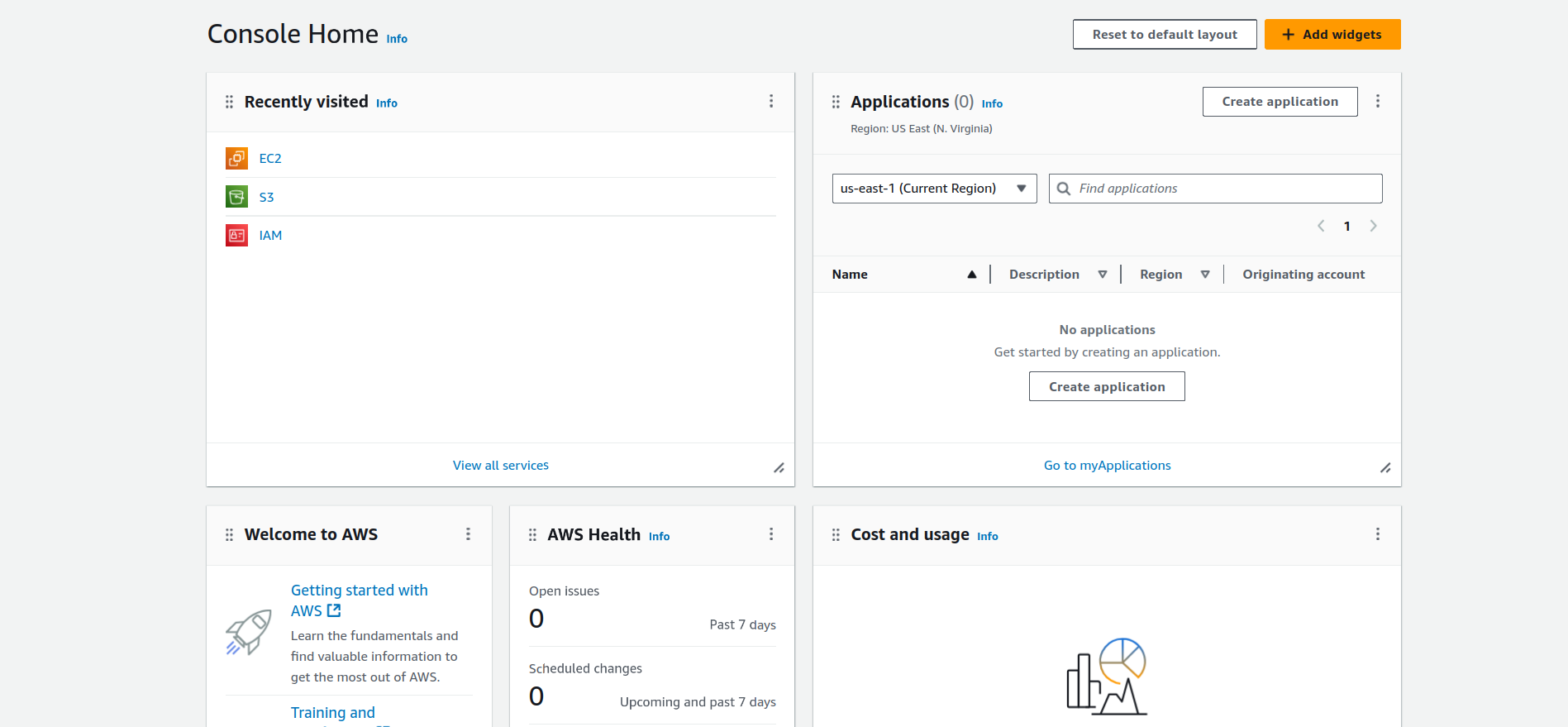
Step 2 : Then click on Launch instance .
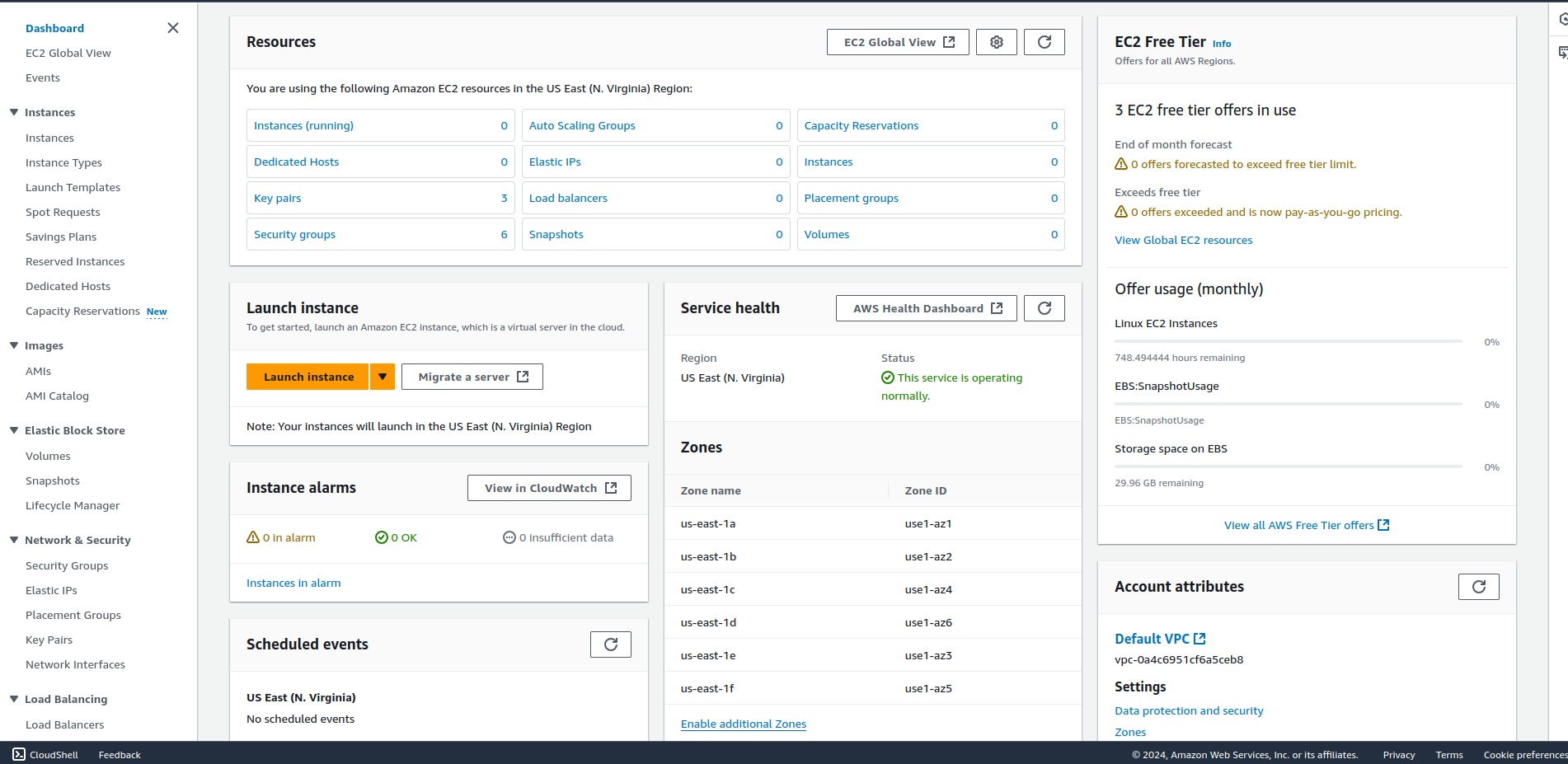
Step 3 : After clicking Launch instance , We should give the name and tags and click the Application and OS Images whichever you required.
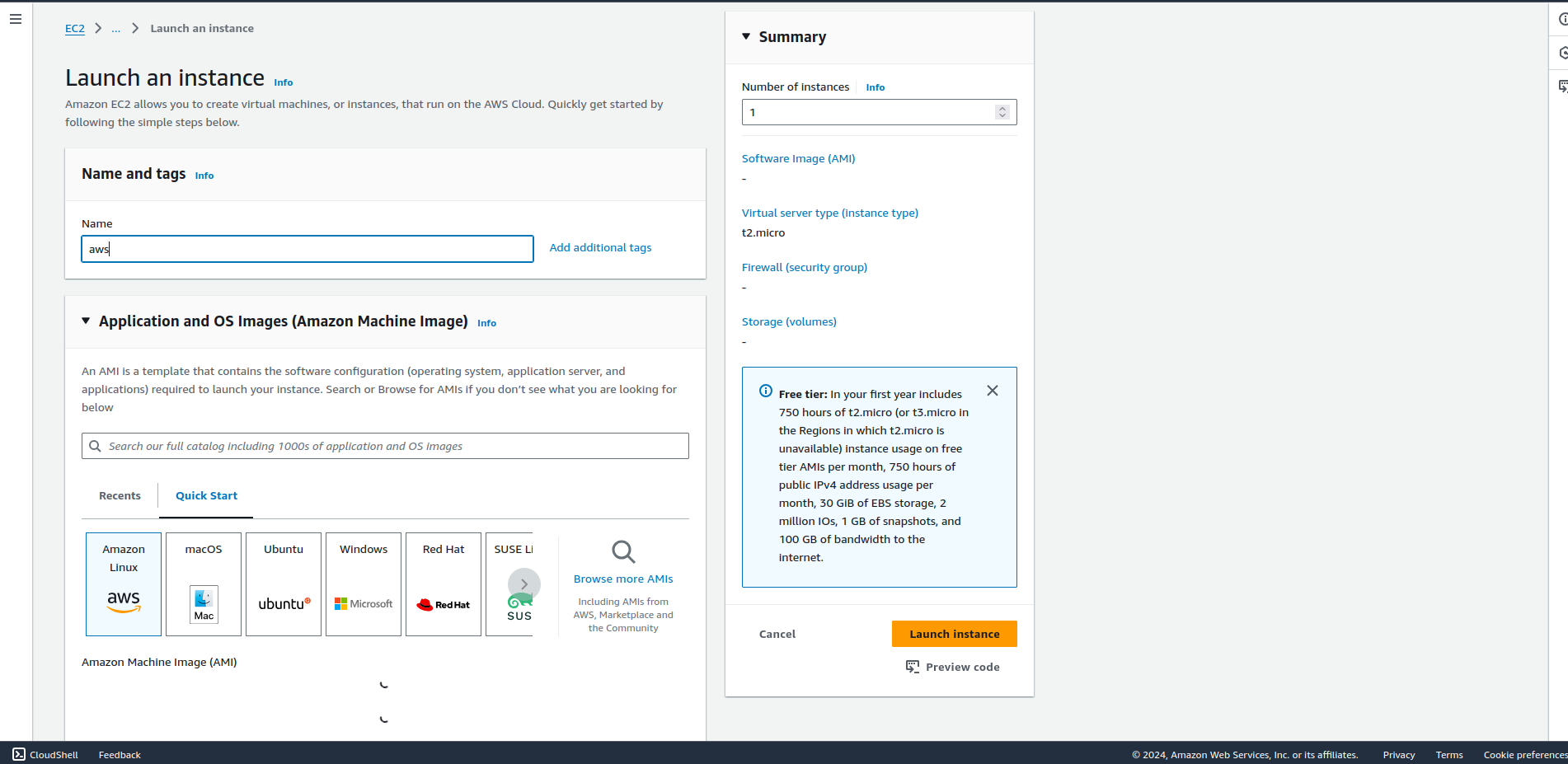
Then let the instance type be t2.micro because it is free tier eligible.
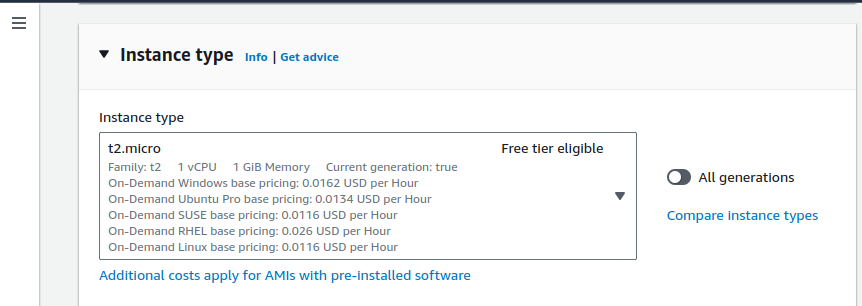
Then after selecting the instance type we have to download the key pair for that we have to click on create new key pair and give the name for the key pair .

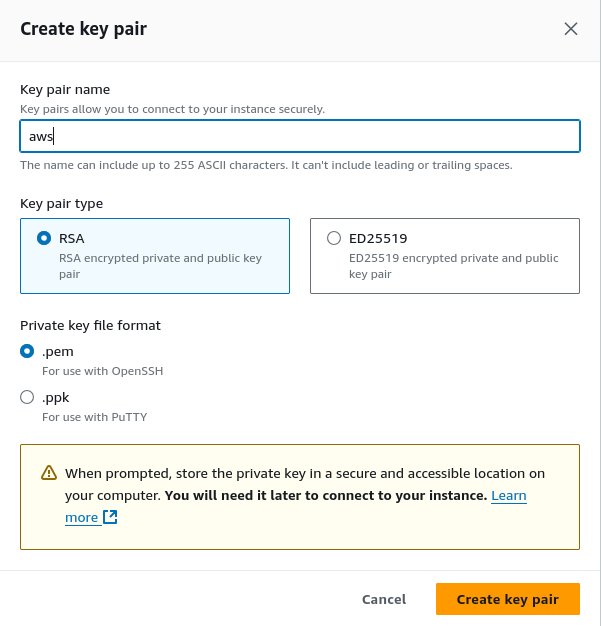
Step 4: Once you create the key pair now we are ready to launch instance .


Step 5: Here we can see the instance is in running state.

Step 6 : Now to connect the instances which we have created we have to click on the connect .
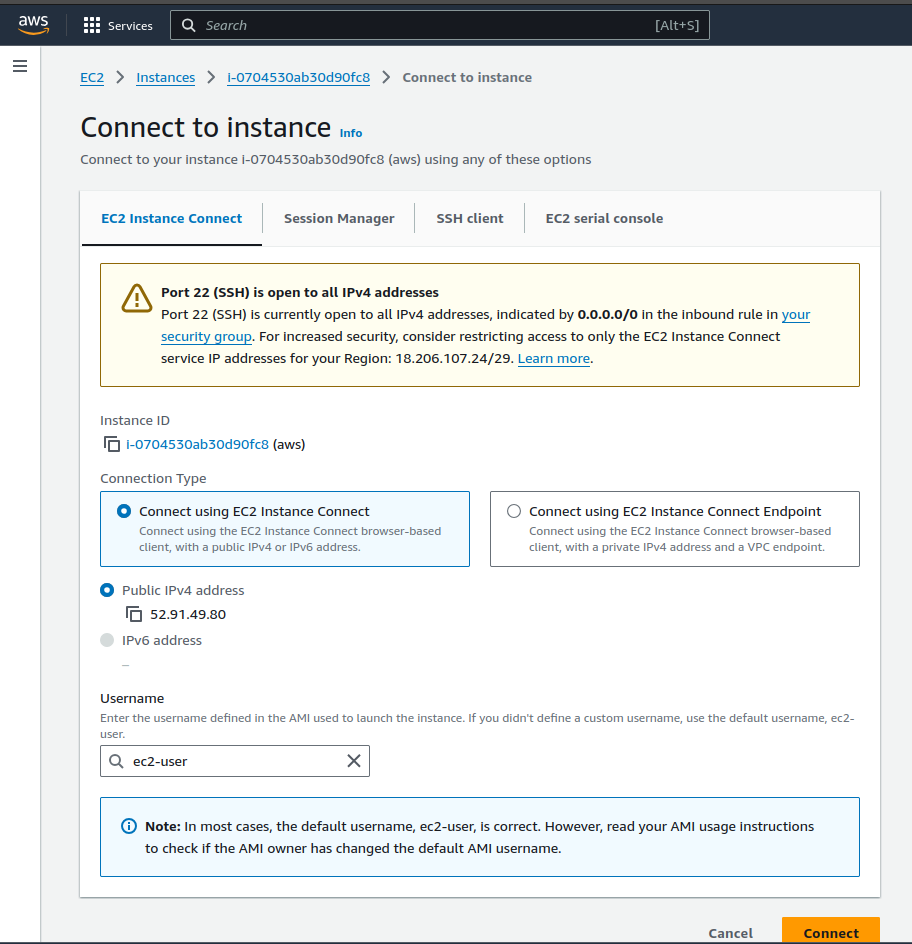
Step 7 : Now we have connected the instances of Amazon Linux.
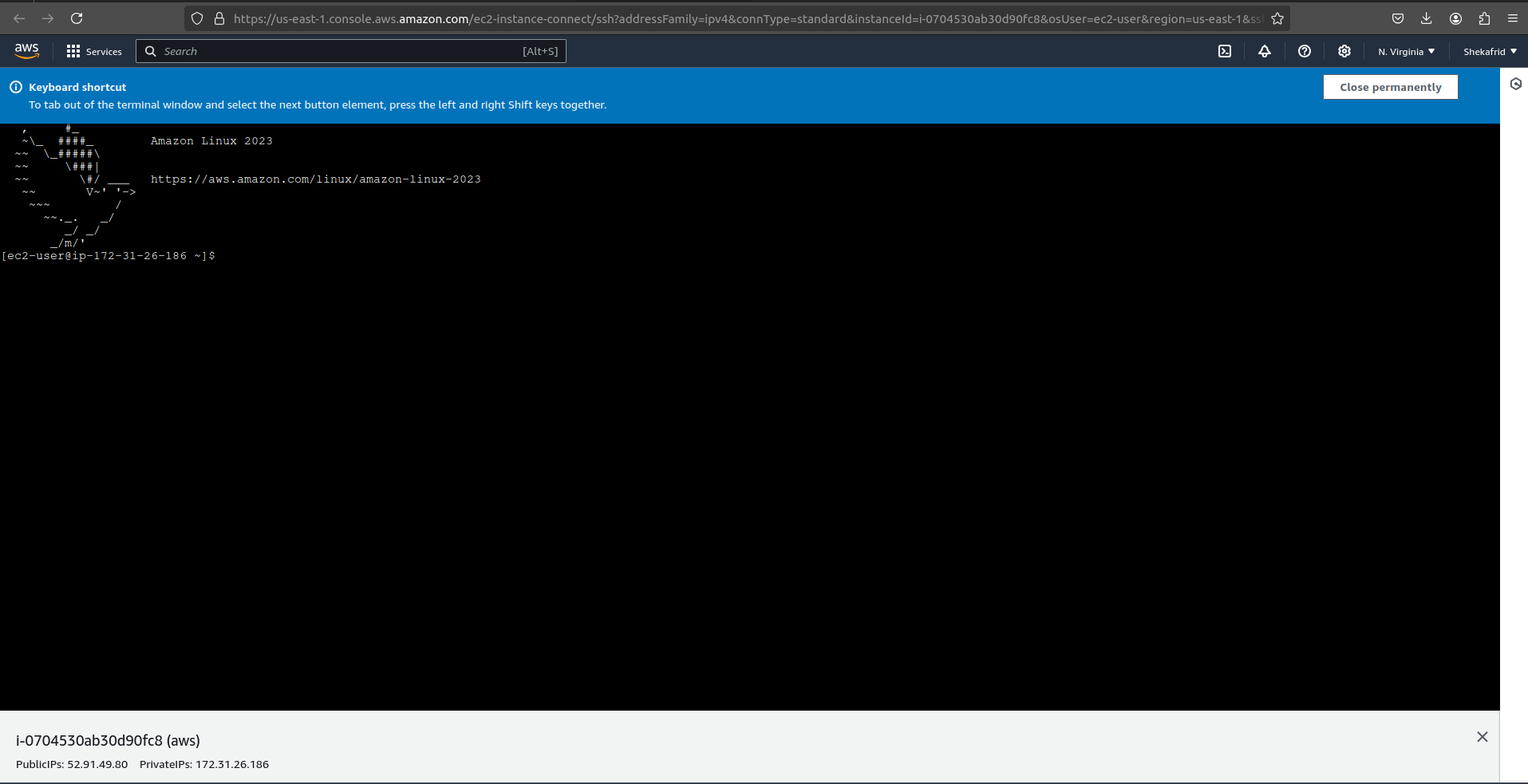
THANK YOU FOR READING!
Subscribe to my newsletter
Read articles from Manasa J directly inside your inbox. Subscribe to the newsletter, and don't miss out.
Written by
